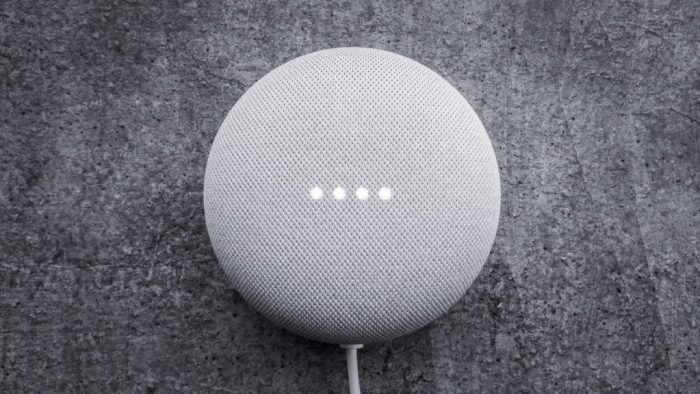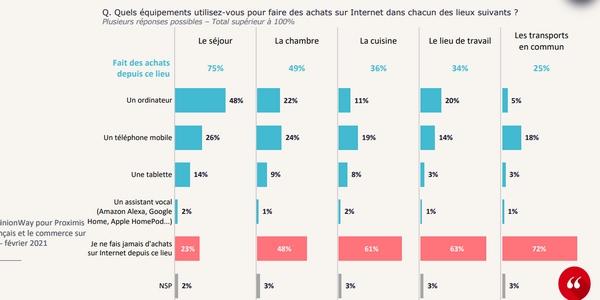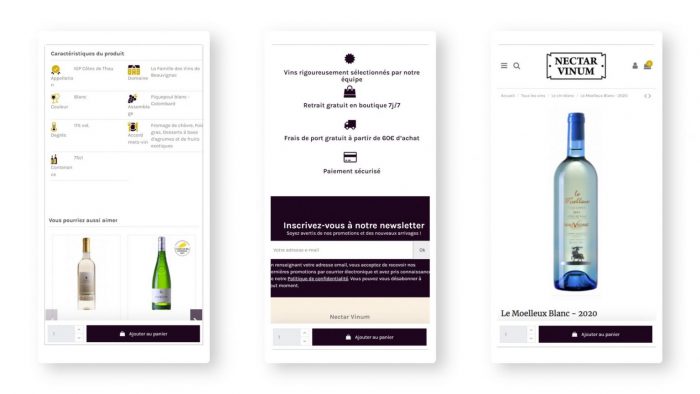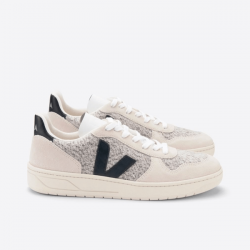
To start this new year, we have chosen to deal with a sector that is much talked about lately, e-commerce.
While its development was already important, the e-commerce knows a real boost these last 2 years. Following the confinements and restrictions in repetition, it is definitely anchored in the habits of life of the French.
In the 2nd quarter of 2021, online sales increased by 24.9% with a turnover of 32.4 billion euros, according to the study published by the Fevad.
To meet this ever-increasing demand, a multitude of online stores have sprung up. The demand is great, but the competition to attract and retain customers is also increasingly intense.
Users are becoming more selective and their requirements are evolving: a pleasant interface, an easy purchase and more transparency for the brands.
Companies must therefore adapt their strategies to this new mode of consumption and anticipate needs to stay on the market and stand out from the competition.
In this article, we detail the major e-commerce trends that promise to grow significantly in the new year.
A chatbot is a program that simulates a written conversation with Internet users in the form of a real-time chat. Some chatbots use artificial intelligence to provide more precise and personalized answers.
Imagine a prospect who arrives for the first time on your online store. They may be a little lost and can’t find what they are looking for. On the internet, everything has to go very fast! The presence of a chatbot guides and reassures the user throughout the buying process, by answering instantly to the questions he will ask. By providing a quick answer to the visitor, you increase your chances of conversion to the act of purchase.
The chatbot is a very good tool to save you time by allowing you to automate the answers to recurring questions.
Moreover, it is a tool that also has a positive impact on your bounce rate. Indeed, it prevents Internet users from leaving your site by guiding them to the pages that interest them.
In summary, a chatbot allows to:
Chatbot benefits:
Our tips for integrating a chatbot into your marketing strategy:

Voice assistants are more and more present in our daily life. In addition to the smartphone, connected speakers, television, game consoles, etc… now allow to use a voice assistant.
In 2017, voice commerce generated $2 billion in revenue worldwide. According to OC&C Strategy Consultant, that figure could reach $40 billion by 2022.
On the e-commerce side, voice search allows merchants to engage in conversation with their customers and help them make their choices. It’s a win-win for both the customer and the company:
This technology is still under development in France. It is therefore the right time to understand it and position yourself before the market is saturated.
Here are some tips to adapt your e-commerce site to voice search:
Sales via smartphones, or so-called “m-commerce”, are expanding considerably and this will continue in 2022. They will account for almost 54% of all e-commerce sales in France by the end of 2021 according to the Statista portal.
A responsive website is no longer an option these days, it has become a standard and even more so when you want to sell on the internet. Indeed, 76% of consumers buy on mobile devices, “it saves them time”, according to a study shared by Dynamic Yield.
Indeed, thanks to their phone, the French make their purchases everywhere: 26% in their living room, 19% in their kitchen and 15% in their car!

“The French and mobile commerce – February 2021”, OpinionWay /Proximis et iloveretail
By analyzing these statistics, we see that e-retailers are still neglecting the strong potential of smartphone commerce and are missing out on an important lever to grow their business.
Here are some important things you can work on to sell better on a smartphone:

Example of a responsive design for the merchant site Nectar Vinum developed by our studio.

Social commerce represents the sale of a product directly from a social network. According to Accenture, by 2025, the number of purchases of this type should increase 3 times faster than traditional e-commerce. According to YouGov France, more than a third of French people have already bought from a social network. And this trend is gradually spreading to B to B.
Today, consumers want to know more about their favorite brands, understand their commitments, their production and sales process. They need to feel close to these brands. Social commerce allows brands to sell directly where their community is the most active.
The other big advantage is the data collected on users. Instagram, Facebook, Linkedin, Tiktok or Twitter are part of our daily life. Users feel free to express their needs, joys, problems, frustrations, fears, etc. This represents a gold mine for companies that can put forward their offers according to very precise criteria. For example, in 2021, Facebook has 52,000 data points that can be used to produce highly targeted and personalized ads.
Social commerce is one of the challenges of the digital transformation of companies. It represents a strong link between commerce and marketing that allows to progressively replace traditional canvassing and sales (phoning, postal service…).
Here are some tips if you want to get started:

Conscious of the environment, consumers have become demanding and pay more attention to the composition and origin of the products they buy. Indeed, 70% of Internet users wish to make their purchases on online stores that have initiated an eco-responsible process.
Companies, for their part, are putting in place strategies RSE and is doubling its efforts to offer more ecological, ethical and fair online sales.
For example, the Splice brand which offers eco-responsible clothing made of pure local French linen and eco-designed. They are also zero waste products.
Or Veja, the famous French brand of ecological and fair trade sneakers.

brand Splice

brand Veja
Here are some useful tips for developing an eco-responsible e-commerce site:

Simulate the location of a chair in your living room.
According to Futura Tech, la réalité augmentée est l’interface virtuelle (2D ou 3D) qui enrichit notre réalité en y ajoutant des informations complémentaires.
This technology, which is constantly evolving, can be a real asset for e-tailers. You can offer your customers an even more personalized shopping experience to differentiate yourself from the competition and stand out from the crowd.
Several major brands have already jumped on this bandwagon, such as Ikea, which released its augmented reality app in 2017 allowing customers to visualize furniture in their homes before purchasing it.
The brand Make Up for Ever, which used this technology for the launch of its lipstick “Rouge Artist” allowing its customers to try live, using a camera, the different shades of lipsticks (28 shades).
With augmented reality, you can :
Here are some tips that can help you if you want to get started:

E-commerce is a sector in continuous transformation, because it goes hand in hand with the evolution of new technologies: smartphones, virtual reality, chatbots…
As the number of players multiplies, the important thing is of course to offer products and services that meet a real demand, but also to offer the most pleasant and efficient user experience possible.
Intelligent technologies are now available to allow customers to immerse themselves in the world of your brand, to provide them with a unique service and to offer products that respect the environment. It would be a shame not to take advantage of them!